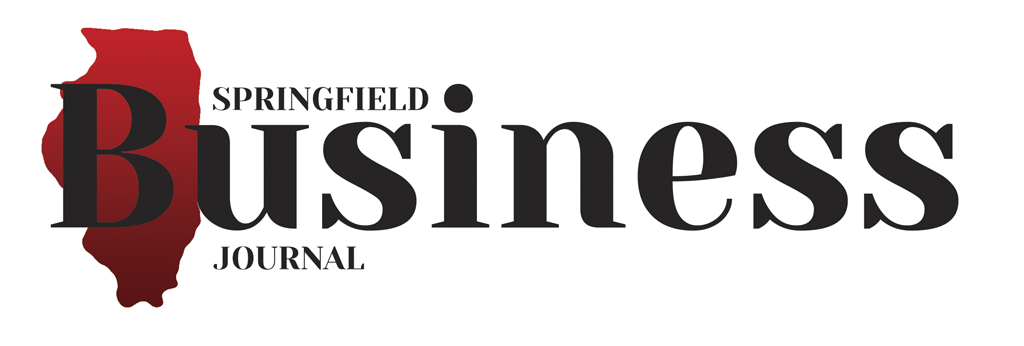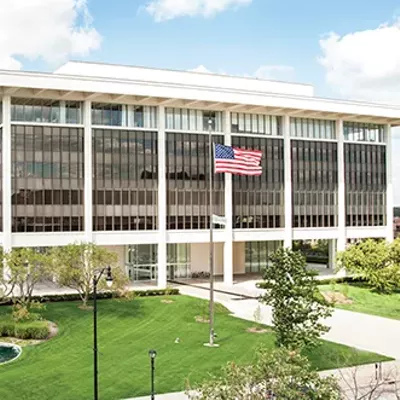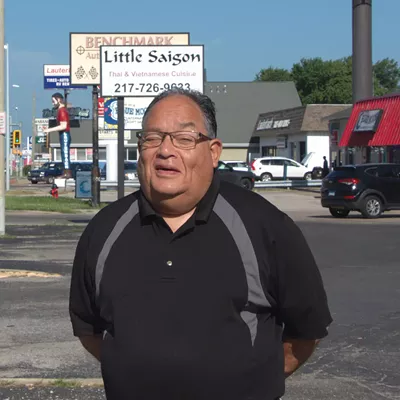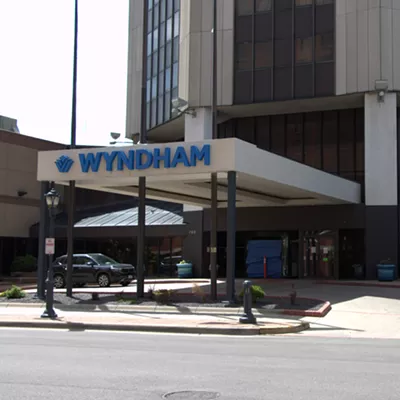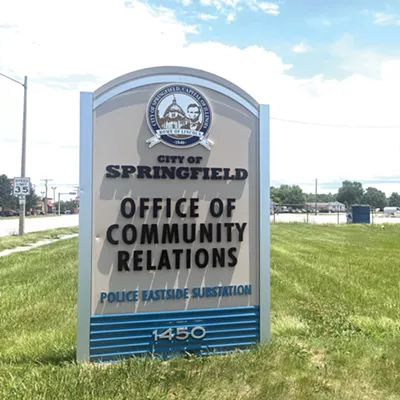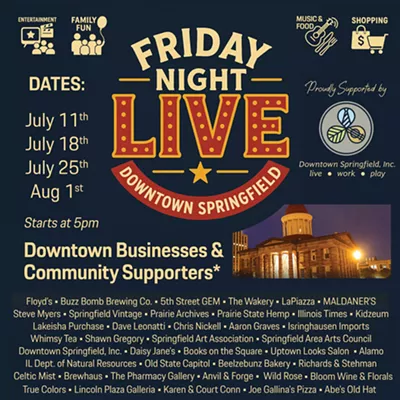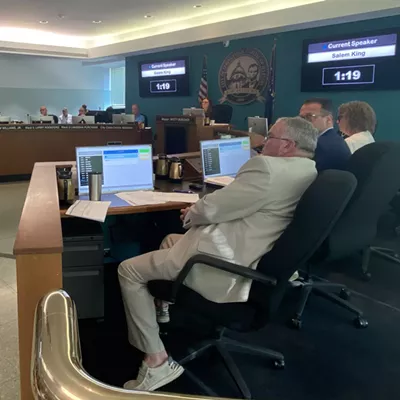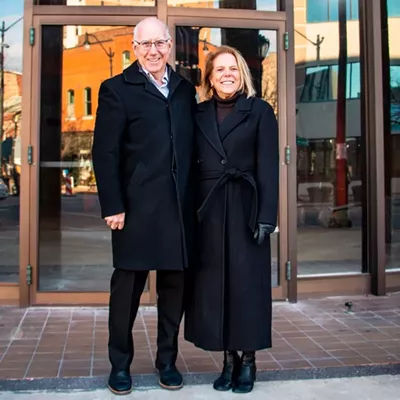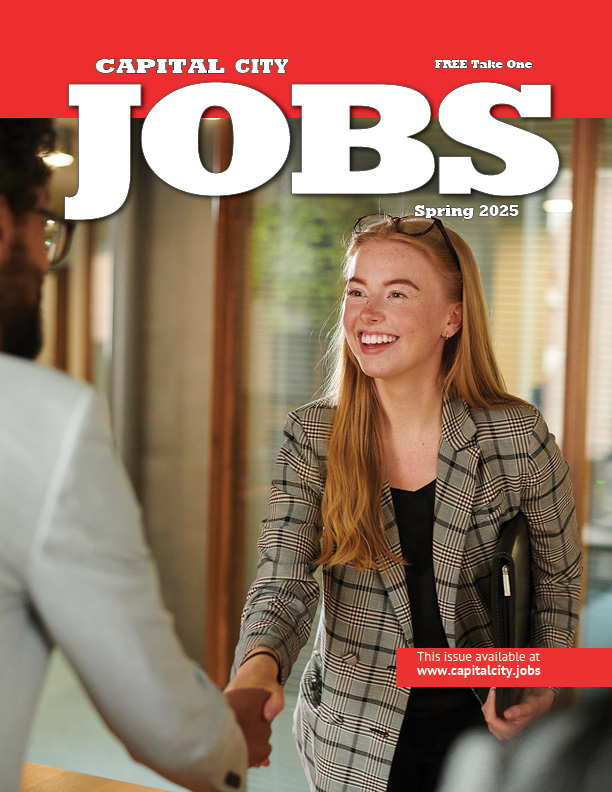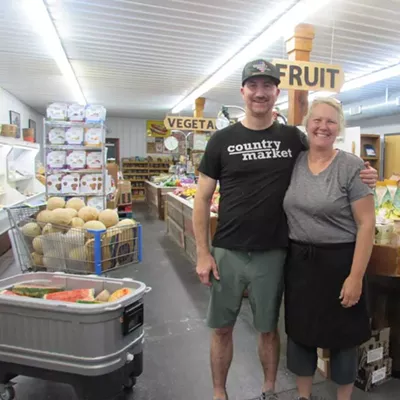Tourism attractions that commemorate Springfield's links to Historic Route 66 and Black history, as well as a mix of new residential sites, all accessible by improved sidewalks and some areas closed off to traffic, are part of a master plan for a three-mile section of Ninth Street and Peoria Road.
"This provides a structure and a guidebook for revitalization of an area," Molly Berns, executive director of the Springfield-Sangamon County Regional Planning Commission, said in summarizing a development outline presented Feb. 20 to the Springfield City Council.
The master plan was paid for with $250,000 in state and federal grants and produced by Farnsworth Group, ConsultEcon and L/KLA after a year of suggestions and guidance from local leaders and the public.
The 44-page plan can be used to attract developers by indicating widespread public support for certain land uses and projects and by pointing out a range of economic incentives that could be available to achieve short-term and long-term goals, Berns said.
The plan covers a three-mile section of roadway, beginning on the south at Ninth Street's intersection with Cook Street and through the section north of North Grand Avenue where the corridor veers to the northeast and becomes Peoria Road. The section in the plan continues north on Peoria Road, beyond the Illinois State Fairgrounds, and continues to approximately Illinois Avenue and near Qik-n-EZ in the 2800 block.
The plan calls for creation of "special areas" at six points along the route that are "needed to create a vibrant street instead of a roadway."
"At one time, Ninth Street/Peoria Road was a vibrant corridor that provided a diverse mix of uses to residents and visitors of Springfield," the plan says. "Over the years, shifting development patterns, disinvestment and 'traffic first' roadway geometrics have turned much of the corridor into a nondescript roadway that is neither pedestrian-friendly nor memorable."
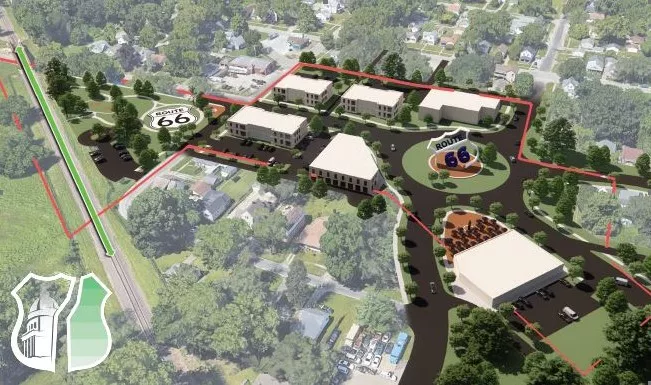
Areas along the roadway are home to more than 12,000 people, or 11% of Springfield's population, with slightly more than half of homes renter-occupied and 48.5% owner-occupied. Altogether, the subject area has a vacancy rate of 16%.
The shortest-term goal is to convince the Illinois Department of Transportation, which controls this section of four-lane highway, to resurface it before the 100th anniversary of Historic Route 66 in 2026, Berns said.
Sections of the original "Mother Road" cover much of the route, attracting an estimated 1.5 million visitors through Springfield each year. That number is expected to swell by another 1 million in 2026, according to Scott Dahl, director of the Springfield Convention & Visitors Bureau.
IDOT staff members were included in formulating the master plan, so Springfield officials hope the state agency takes action soon to include resurfacing in its statewide road improvements plans, Berns said.
Implementing the plan will likely require changes in Springfield's zoning rules to give developers more latitude when it comes to lot sizes and setbacks based on recommendations for the special areas, she said. The Regional Planning Commission's staff is identifying those changes and plans to bring some recommendations to the council this summer for approval, she said.
For example, in Special Area 3, which is adjacent to the Enos Park neighborhood and between Enos Avenue and Division Street, the plan envisions a "blend of housing types – rehabbed single-family and new cottage single-family on the west side of Ninth Street, and row homes, townhomes and apartments on the east side."
Much of that land is already owned by the city, which would make it easier for private companies to replace vacant land and dilapidated houses with affordable housing for senior citizens and other residents, Berns said.
Also proposed for that area is a "ribbon of green space" between the proposed housing and the 10th Street rail corridor, and "other green features" such as "pocket parks," dog parks and "small common spaces on the front side of the proposed single-family cottage units."
The downtown area of the road, known as Special Area 2, would contain the largest segment of a proposed Springfield History Trail. The trail would link the Route History Museum (in Special Area 1) and associated Green Book sites, the 1908 Race Riot site along Madison Street, the Old State Capitol and the Abraham Lincoln Presidential Library and Museum.
In Special Area 1, the area surrounding the Ninth and Cook intersection, multi-family apartments would be ideal to overlook downtown and the Lincoln Home National Historic Site, the plan says.
The plan says buildings in that area should "embrace the street wall, with front doors near the right-of-way, and associated parking behind or to the sides of the buildings. This creates a more pleasant experience along Ninth Street for pedestrians and cyclists while also enhancing the visual experience to cars passing through."
The master plan says the downtown section is "dominated by underutilized surface parking lots" that are "generally uninviting."
The plan proposed that parking lots surrounding Horace Mann Companies be converted into "mixed-use buildings built close to the street to benefit from tremendous views onto the lovely Horace Mann grounds."
The plan suggests a "boutique hotel" for a parking lot that sits adjacent to the presidential library and museum.
For Special Area 4, where the corridor veers to the northeast and changes from North Ninth to Peoria Road, an urban "roundabout" is proposed to slow traffic.
Future redevelopment in that area could include a Route 66 sculpture, retail, food and residential sites, and a Trailhead and Route 66-themed park and splash pad, the plan says.
The plan recommends that the corridor eventually be narrowed from four lanes to two lanes, with a third lane for turns, between Sangamon Avenue and downtown, to make the road safer and more pleasant for cars and pedestrians, Berns said.
The current bend between East Black Avenue and East Ridgely Avenue creates potentially dangerous conditions and makes the road "very race-tracky," Berns said.
The plan suggests a "highly visible outdoor plaza" in Special Area 5, adjacent to Peoria Road, Sangamon Avenue and 11th Street, that could also become the new home for the historic Mahan's Filling Station.
A Route 66 welcome center is proposed for Special Area 6, which is along Peoria Road and across the street from the fairgrounds' one-mile track.
"The creation of a Route 66 Welcome Center came up in many public and stakeholder conversations," the plan says. "This location, along Route 66 and near the Route 66 Experience in the Illinois State Fairgrounds, would be a perfect place for it. In addition to the Welcome Center, retail, souvenir shops, a car-hop diner, ice cream stand and family recreational amenities would all revolve around a large town square."
More information about the master plan is available online at https://bit.ly/NinthPeoriaHighwayPlan.
